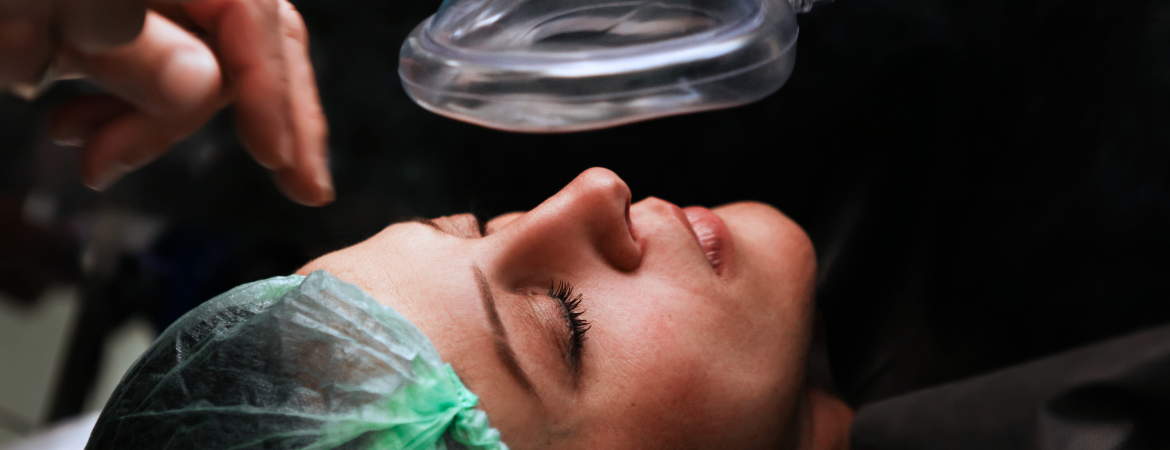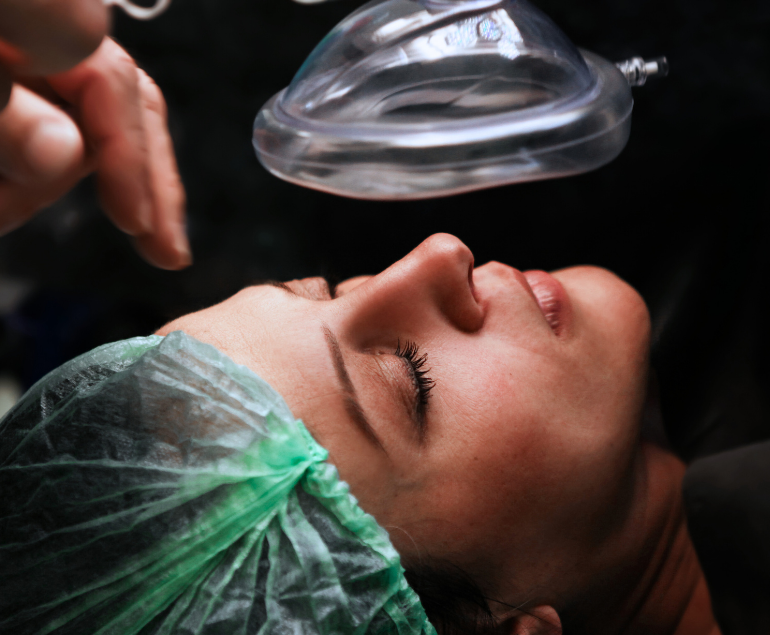
Sedation anesthesia is a method frequently used in medical interventions and implemented by anesthesiologists. The word sedation signifies “to calm down” and causes the patient to have a controlled dormancy. This method, which is implemented using sedative drugs, refers to the dormancy of the patient in a way that the reflexes are preserved and controlled. As it is used in many medical interventions, sedation anesthesia can be used in hair transplant operations as well. This method generally aims to relieve the patient’s worries and concerns.
The type and intensity of drugs used during sedation anesthesia vary depending on the characteristic aspects of the patient. The patient’s age, general health status, operation type and duration are taken into account. Therefore, the drugs used in sedation anesthesia are determined as a result of the expert’s analysis of the patient before the operation. If the operation exceeds the expected time, an additional dose might be applied to the patient. At this time, the patient is in a conscious dormancy and can be controlled.
Sedation anesthesia, which offers a more comfortable operation than local anesthesia, is also frequently used in hair transplantation operations. It is especially recommended for patients who experience intense anxiety and stress during the intervention. In addition, sedation application is very effective for people who are afraid of needles and have a very low pain threshold. This application is generally recommended for patients who are eager for hair transplant but are intensely afraid of the operation. In this way, the patient gets away from their intense anxiety and makes the expert comfortable.
The widespread use of sedation operations has also led to an increase in the number of patients applying to clinics for hair transplant. Since many of the patients want to have a hair transplant operation, they also prefer to stay away from these operations due to their concerns. Sedation, which is a great method for such situations, make patients feel more comfortable and safe. After the sedation, the patient who is given local anesthesia becomes unable to feel anything, including the needle. While this situation facilitates the work of the expert, it allows the patient to undergo an operation in an environment where they can feel comfortable.
People who do not have any chronic disease can easily receive sedation anesthesia under expert control. Thanks to this method, which we can think of as a nap, they can make hair transplant operations comfortable for both patients and experts.

